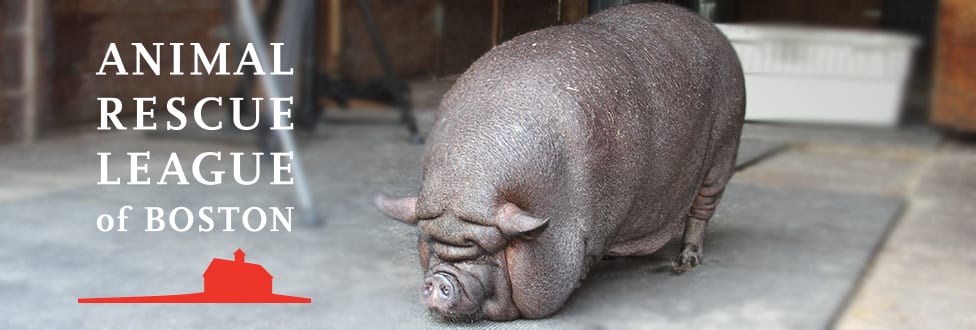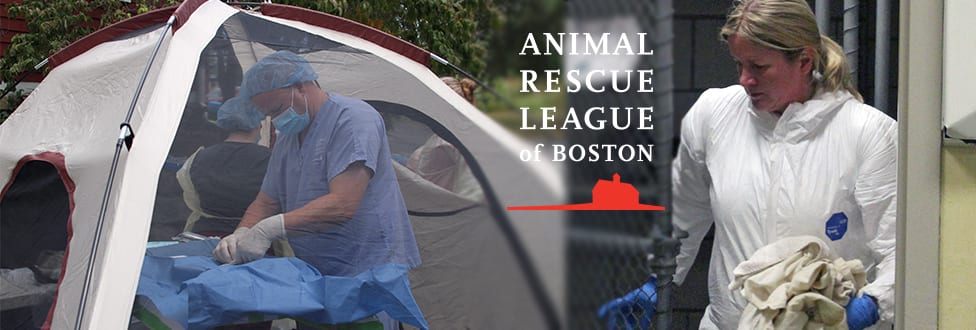A Perfect Beginning to Adopt a Shelter Dog Month
ARL Receives Pups from the Tar Heel State
October is Adopt a Shelter Dog Month, and what better way to begin this celebration than by receiving a transport of rescue canines that are truly being given a second chance. This week, two dozen puppies and dogs made the 900 mile trek from North Carolina to Massachusetts, as the Animal Rescue League of Boston (ARL) expanded its network of transport partners to the Tar Heel state.
The pups came from Brother Wolf Animal Rescue in Ashville, and Alexander County Animal Services in Taylorsville and were transported to ARL’s Dedham and Brewster Animal Care and Adoption Centers.
The Issue
Because of accessible and affordable spay and neuter services, there is a large demand for puppies and kittens in Massachusetts, and the Northeast in general. Conversely, the Southern region of the country is seeing overwhelming numbers of animals in need.
“In the Southeastern region of the United States, many shelters are overwhelmed, which tragically results in high kill rates,” said Andee Bingham with Brother Wolf Animal Rescue. “People in this area don’t understand the importance of spay and neuter. Resources are lacking and financially many people can’t afford to spay and neuter. We (Brother Wolf) pull these animals from these situations and save their lives through transport.”
“By transporting animals from that region to the Northeast, we’re able to extend ARL’s reach to help animals in need, while allowing those organizations to continue their important work,” said Caitlin Tomlinson, ARL’s Associate Director of Shelter Operations.
The pups have settled into their new surroundings, and after undergoing the state-mandated 48-hour quarantine period, medical checks and behavioral evaluations, these precious creatures will be ready to find their forever homes!
Adopt From a Reputable Shelter
Every animal that comes into the care of ARL is provided with kindness, extraordinary veterinary care, and daily behavioral enrichment to not only make them happy and comfortable while they’re in our shelter, but also prepare them for life in their future home. Additionally, when you adopt, you save not one life but two: the animal you adopt and the one that will take its place.
